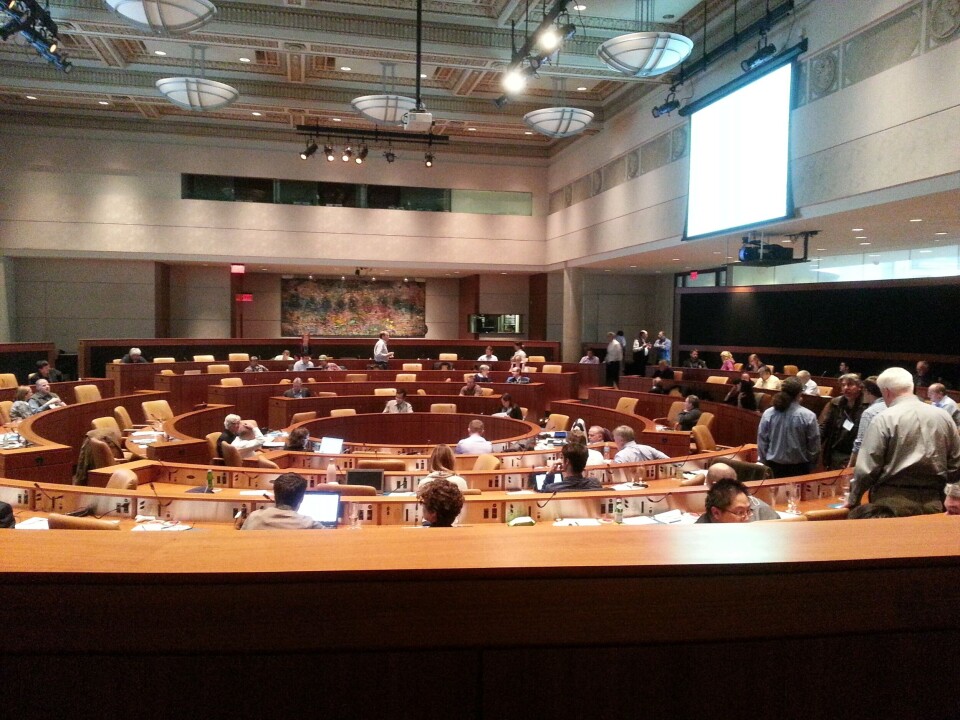
Optimism for industry future
Dr Jillian P Fry from the Johns Hopkins Bloomberg School of Public Health in Baltimore, Maryland told an audience at the 6th Aquaculture Innovation Workshop that growing fish like salmon is a lot more efficient than growing many terrestrial types of livestock.
The school is currently running a sustaiible aquaculture project, and its website explains: “Because seafood can be a good source of lean protein, omega-3 fatty acids, and other nutrients, the challenge is to evaluate the potential health benefits of consuming farmed seafood in light of its possible health risks, as well as the potential environmental risks of expanding the industry. Some aquaculture producers, such as those using recirculating aquaculture systems, have embraced more ecologically responsible farming techniques. The Project aims to increase public health professionals’ involvement with aquaculture issues. To that end, we conduct and support research, provide technical assistance and expertise to other organizations, and educate policy makers and the public about aquaculture issues”.
Dr Fry presented some interesting facts and figures, including:
-
The production of pork, poultry and aquaculture-based protein is increasing rapidly due to a growing population (another 1.5-2 billion people over the next 20 years or so) and an increase in the middle class with money to spend.
-
It takes 4 to 7 kg of feed stuff to produce a kilo of pork or beef- 2-3 kg for a unit of chicken, while salmon farmers can get down to a 1 to 1 ratio.
-
While 80% of all antibiotics used in the US are used for animal production, only a small fraction of this is used in aquaculture - partly because it is not used to promote the growth of fish.
-
There is a great opportunity for nations to reduce their environmental footprint by shifting from other sources of protein production to aquaculture.
-
The benefits of consuming seafood like salmon outweigh specific risks
-
The Canadian Food Guide recommends at least two servings (75 gram each) of fish like salmon per week. The actual consumption is 148 grams - close to recommended levels.
-
The Dietary Guide for Americans suggests two servings per week, but the guide is using a serving size of 113.5 grams- giving a weekly total of 227 grams of oily fish. The actual consumption level per capita in the US is 99 grams.
-
-
The United States is the number 2 importer of seafood (some US$17.6 billion worth in 2012).
-
The United States is the 5th biggest exporter of seafood (~$5.8 billion).
-
Canada is the world’s 7th largest exporter of seafood (~$4.2 billion).
-
The United States only produce about 0.6% of the world’s aquaculture products - #15 on the list.
-
China is the world’s largest aquaculture producer, with about 62%.
-
The US aquaculture industry has access to more veterinary health products for use in aquaculture than that in BC.
-
The US government is trying to develop an off-shore aquaculture industry in view of opposition from coastal land owners.






















































